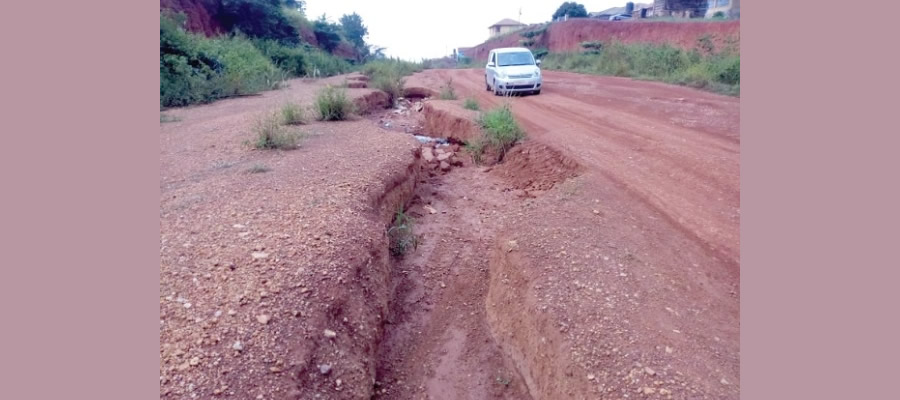

The Amansie West District Assembly is one of the thirty (30, now 43) District Assemblies in the Ashanti Region. It was created by Legislative Instrument (L. I.) 1403 in 1988 as part of Ghana’s Decentralization policy to bring governance to the doorsteps of the citizenry. The District was carved out of the former Amansie District in 1988 with Manso Nkwanta as its Capital.
The overall objective of establishing the Amansie West District Assembly is to ensure that the lives of the people are improved through community participation in the provision of social services through design and implementation of development programmes to reduce poverty and deprivation. The District has a total land area of 1230sq.km representing about 5 percent of the total land area of Ashanti Region. The 2010 Population and Housing Census put the population of the District at 134,331 representing 2.8 percent of the population of Ashanti Region. The male and female populations stand at 67,485 and 66,486 respectively.
Physical Features
The District shares common boundaries with nine districts namely Atwima Nwabiagya Municipal and Atwima Mponua District to the west, Bekwai Municipal, Amansie Central District and Obuasi Municipal to the east, Atwima Kwanwoma District to the north and Upper Denkyira West District and Bibiani Ahwiaso Bekwai Municipal to the South (figure 1.1). The District borders the Central and the Eastern Regions. Geographically, the District is located within Longitude (6.05o, 6.35o) West and Latitude (1.40o, 2.05o) North. It spans an area of about 1,230 square kilometers and it is the one of the largest districts in Ashanti.
The adjoining Regions and Districts provide opportunity for brisk commercial activities in the District. The location of the District makes it the gate way to Ashanti from the Western and Central Regions. This offers great potential for promoting the development of its hospitality and the art and crafts industries. The topography of the District is generally undulating with an elevation of 210 m above sea level. The most prominent feature is the range of hills, which stretches across the northwestern part of the District.
The Offin and Oda rivers and their tributaries including the Jeni, Pumpin and Emuna constitute the main drainage system. The climate of the District is the Wet Semi-Equatorial type. It has a double maxima rainfall regime with the major rainy season occurring between March and July while the minor rainfall season occurs between September and November. Mean annual rainfall ranges between 855mm and 1,500mm. The average number of rainy days for the year is between 110 and 120 days. The months, December to March are usually dry and characterized by high temperatures, and early morning moist/fog and cold weather conditions. Temperatures are generally high throughout the year with mean monthly temperature of about 27ºc.
Humidity is high during the rainy season. The months of December to February, however, record very low humidity. The vegetation of the District is mainly of the rain forest type and exhibits moist semi deciduous characteristics. This makes the land very fertile and suitable for cultivation of food and cash crops such as cassava, rice, maize, cocoa, citrus, oil palm, and citronella grass among others.
The District has four main forest reserves. They include; the Oda River Forest Reserve, Apanprama Forest Reserve, Jimira Forest Reserve and Gyeni River Forest Reserve. The activities of people in the District by way of poor farming methods and illegal mining and logging have destroyed the primary forest.
Figure 1.1: District map of Amansie West
Source: Ghana Statistical Service, GIS
Date Created : 11/16/2017 5:44:04 AM













 facebook
facebook
 twitter
twitter
 Youtube
Youtube
 +233 593 831 280
+233 593 831 280 0800 430 430
0800 430 430 GPS: GE-231-4383
GPS: GE-231-4383 info@ghanadistricts.com
info@ghanadistricts.com Box GP1044, Accra, Ghana
Box GP1044, Accra, Ghana